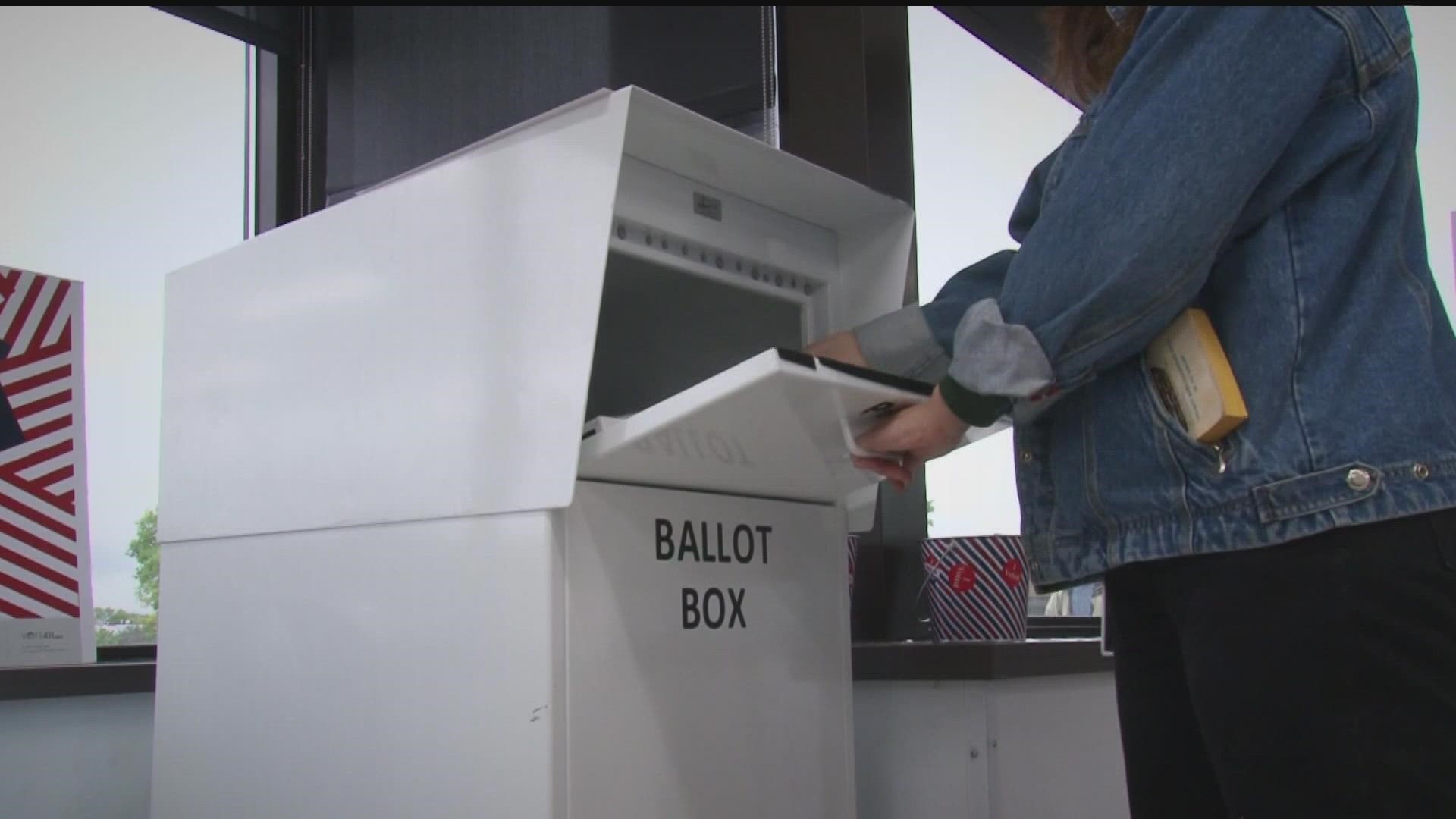MINNEAPOLIS — The balance of power in Minnesota's Legislature and the U.S. Congress will hinge on the result of next week's midterm elections.
In both cases, a handful of races may decide the direction of the state and the country.
With a divided legislature in Minnesota, Republicans currently hold the Senate while the DFL has a majority in the House, although neither party has an insurmountable margin. Although many legislative races are considered uncompetitive, redistricting has changed the dynamics of the map, creating battlegrounds in key areas like the northern Twin Cities suburbs, St. Cloud, northeast Minnesota and the Iron Range.
Brian McClung, a Republican strategist and former spokesperson for Gov. Tim Pawlenty, said Minnesota has "a lot of really close battles" this election cycle.
"Control of the legislature is really up for grabs. You're looking at the Minnesota Senate which is just a seat or two on either side. In the Minnesota House, same thing. I think Republicans really feel confident in both bodies of the legislature that they're in the driver's seat," McClung said. "But Democrats are outspending Republicans in a lot of those key legislative races."
Jeff Hayden, a Democratic strategist, and former DFL State Senator, said that his party feels increasingly confident in some of the suburban Twin Cities districts as long as metro turnout is strong. He predicted that the DFL will hold onto at least one chamber of the legislature.
"Or, there may be a switch, and the Democrats sneak in the Senate and the House turns Republican," Hayden said, "But in some way, I think we're still going to have a divided legislature."
The legislative balance of power is just as tight nationally, where Democrats narrowly control both the U.S. House and Senate. In the House, Republicans would need to flip five seats to seize control, whereas, in the Senate, the GOP needs to gain just one seat.
In Minnesota, the most significant federal race can be found in Congressional District 2, where incumbent Democrat Angie Craig will face Republican challenger Tyler Kistner in a rematch of the close 2020 election.
"That battle between Angie Craig and Tyler Kistner is one of the top five races in the United States. There's been almost $30 million in outside money coming in. If you live anywhere in Minnesota, you're seeing ads about that race," McClung said. "Really, control of the U.S. House runs through the southern suburbs of the Twin Cities."
Congressional District 2 presents a unique mix of constituents, extending into the five counties of Scott, Dakota, Washington, Le Sueur and Rice. The area includes suburban population centers like Shakopee, Prior Lake, Burnsville, Eagan, West St. Paul, and Lakeville, in addition to more rural areas just north of Mankato and Faribault.
"I think the bigger issue for Craig is the lines. How much of that rural area, when it starts to get out to Greater Minnesota, can she pull?" Hayden said. "I think her opponent is really running, the second time, with the Republican talking points down pat."
In the U.S. Senate, meanwhile, many analysts have identified races in Georgia, Nevada, Pennsylvania, and Arizona as some of the most important. A crucial battle has also emerged in Wisconsin, where Republican incumbent Ron Johnson is taking on Democratic Lt. Gov. Mandela Barnes.
"I think the Democrats have been looking at Ron Johnson as someone who they could take out," McClung said, "but he is ahead by a couple of points in the polls. You look at that race, and he might be able to hang on."
Hayden, who said he knows Mandela Barnes through their work in Minnesota and Wisconsin state politics, said that he'll be watching voter trends closely in the state's largest cities.
"If Milwaukee comes out, if Madison comes out strong... I think Mandela Barnes has a chance," Hayden said. "Although Senator Johnson as an incumbent, a long-term incumbent, probably has the edge."
Gov. Tony Evers is also up for re-election in Wisconsin, just like Minnesota. In fact, more than half the country — 36 states — will elect governors next week.
Watch more Minnesota politics:
Watch the latest political coverage from the Land of 10,000 Lakes in our YouTube playlist:

